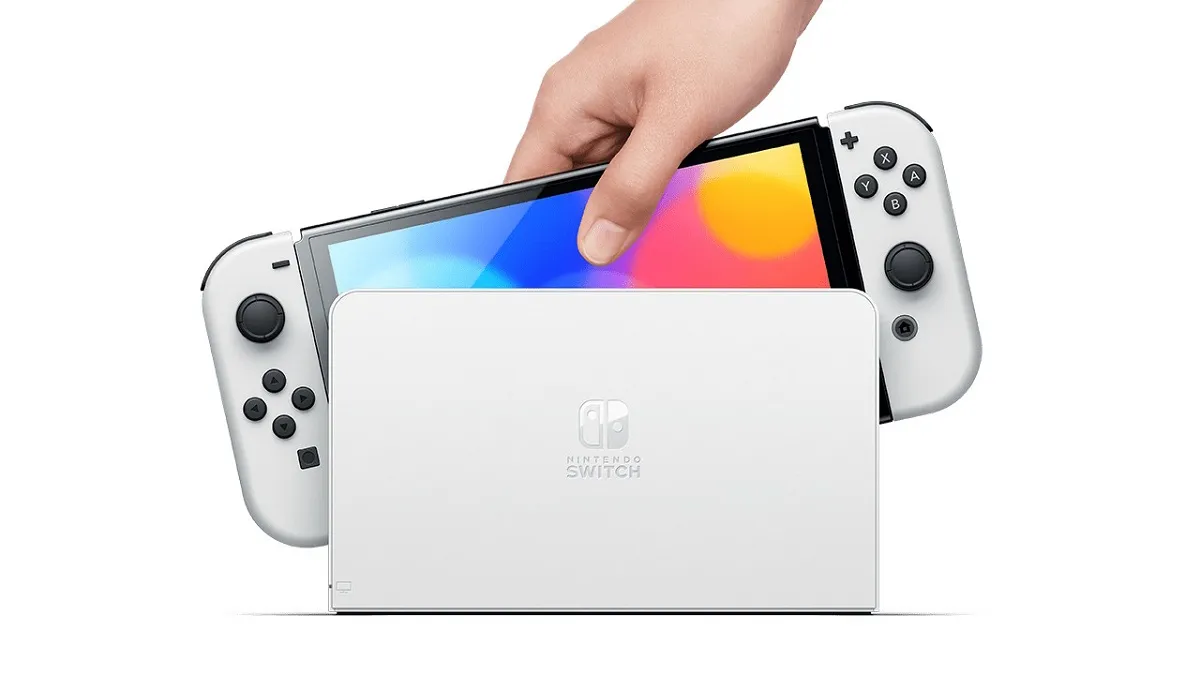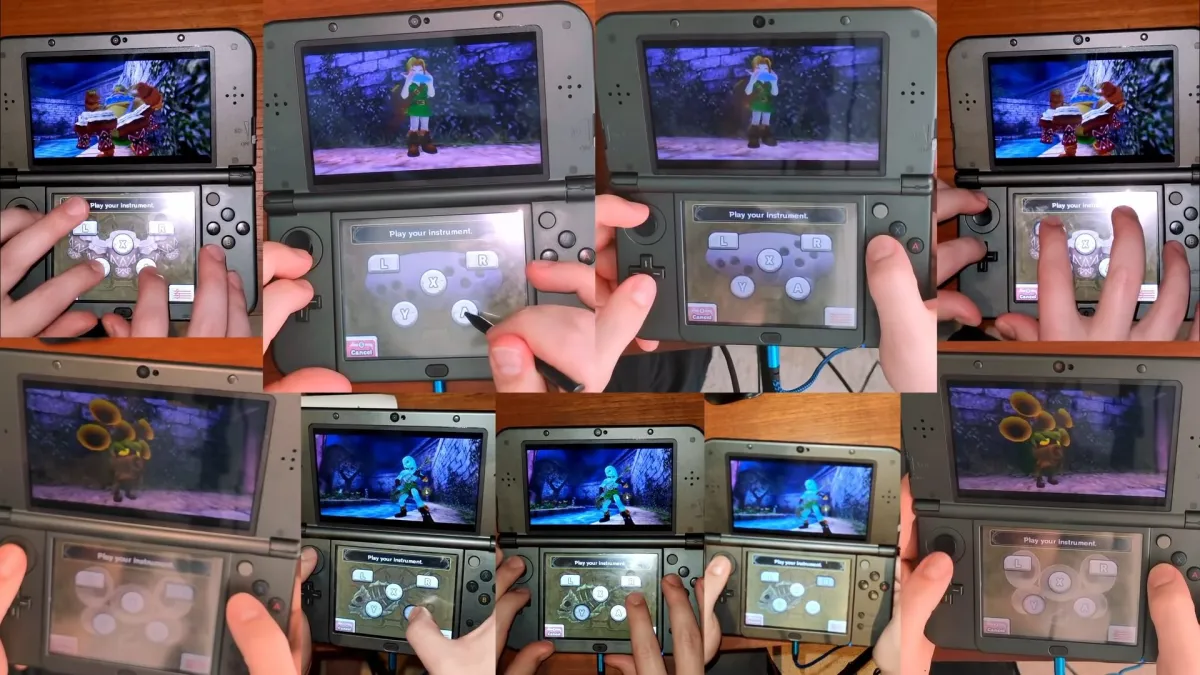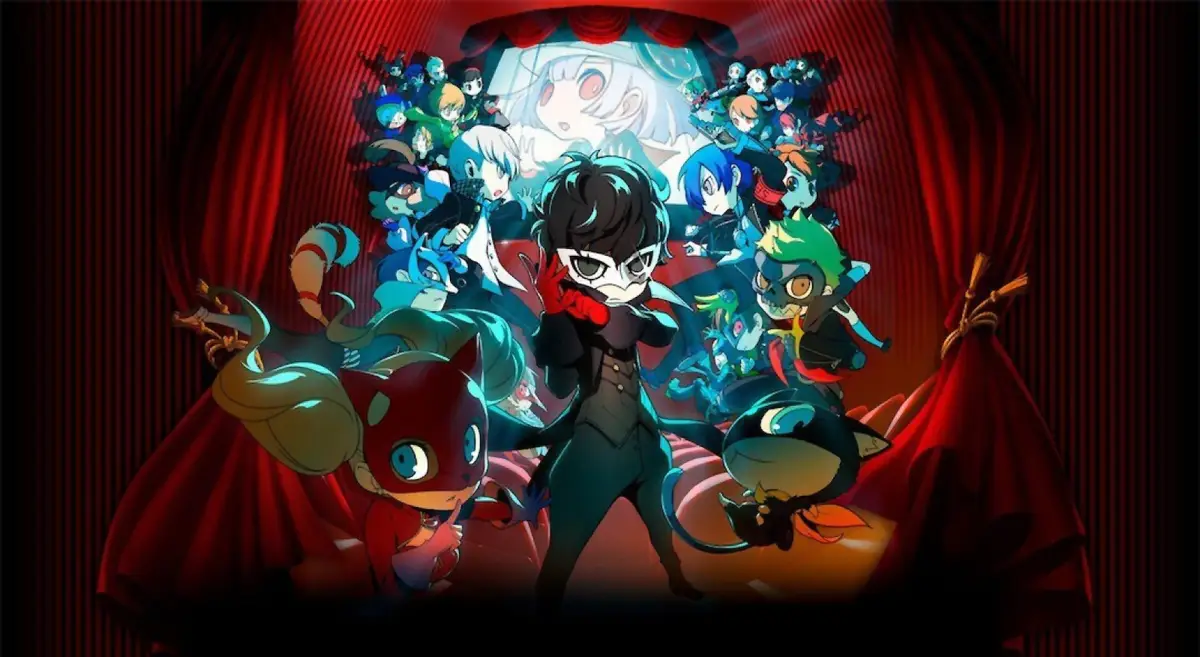Slaying monsters in all sizes
Saying that Capcom’s Monster Hunter series has a passionate and loyal following would be a massive understatement. For nearly 10 years, Monster Hunter has captivated gamers and inspired many imitators. After months of keeping western fans in suspense, Capcom announced the release of Monster Hunter 3 Ultimate for North America.
Now just a month away from its release, Destructoid got the chance to sit down and talk with Producer Ryozo Tsujimoto, while getting our hands on the Wii U and 3DS versions of Monster Hunter 3 Ultimate.

Monster Hunter 3 Ultimate (3DS, Wii U [previewed])
Developer: Capcom
Publisher: Capcom
Release Date: March 19, 2013
Before we press on, it should be worthwhile to explain the history of this particular title. Monster Hunter 3 Ultimate is an expanded version of its predecessor, Monster Hunter Tri, that was released on the Wii in 2009 (2010 in the west). After the positive reception from fans, Capcom eventually released an expanded version titled Monster Hunter Tri G for the Nintendo 3DS in Japan towards the end of 2011. As you can tell by now, western fans are usually the last to get their Monster Hunter fix.
As far as content goes, Capcom hasn’t passed up the opportunity to keep things interesting. Ultimate brings a whopping 70% increase in content (yes, seventy) compared to the original Monster Hunter Tri release. New armor types, weapons, quests, monsters, and an expanded A.I. partner system have been added — and Capcom also has plans to add in more content via regular updates. Moreover, both versions of the game features a greater detail of control optimization than the series has ever seen. Not only will this give returning players great incentive to take another dive, but also will allow newcomers to dive into the definitive and most complete version of the game.

After spending some time checking out the Wii U build, I sat down with Ryozo Tsujimoto, where we talked about where the franchise is at now. Serving as a producer for the series since the release of Monster Hunter Freedom (known as Monster Hunter Portable, in Japan), he’s seen first hand the evolution of the series and how much the fan base has grown over the years.
“At its core, Monster Hunter’s enjoyment comes from playing with other players,” Ryozo-san mentioned while bringing up the fan base of the east. “In Japan, because it’s a small country, people live in very compact cities and there are a lot of opportunities for players to meet and partner together for local play. It created this snowball effect that led to where it is today.”
During his reflection on the series, Ryozo-san expressed desires to see Ultimate as a way to elevate the fan base for Monster Hunter in the western market. A way for them to retain the local co-op element that fans have responded to so well is allowing for the Wii U to work online for matchmaking, including a voice-chat system, but also allowing them to connect via local Wi-Fi with the 3DS versions.

Consistency is an important element of the Monster Hunter experience, which explains the reason why both the 3DS and Wii U versions are identical content wise. With Nintendo’s readiness for connectivity between the devices, this will allow players to transfer character data from the Wii U to 3DS and vice-versa, so you can pick up where you left off from the comfort of your couch or while on the go.
“The gameplay could be transferred over very easily, since both versions share the same attributes and special features,” said Ryozo-san proudly. “This inspired us to develop the data transfer feature, and we worked very hard to offer a seamless experience.”
Ryozo-san spoke further about what the Wii U release offers the series. “The Wii U had a lot of interesting possibilities to become compatible with the 3DS because they both utilize two screens and touch capacity. Ultimate utilizes both the dual screen and touch gameplay in interesting ways.”

For both the Wii U pad and lower 3DS screen, players can utilize these special features to have greater control and flexibility. On the touch screens for both 3DS and Wii U, you can place hot keys and icons; ranging from items, maps, A.I. partner options, and many other features to help keep you on your toes while in the field. One feature they’re proud of is the addition of the camera lock-on feature, which has been long requested by western fans in particular.
While the Japanese market have had their hands on both versions of the game for quite some time now, Capcom’s simultaneous release of Ultimate for the west will finally allow fans to experience the most content rich and engrossing game of the series.
“We have a lot of core fans out there who have been really good to us, and we believe this title will also bring in new players who are interested in the series,” Ryozo-san told me. Capcom has a lot faith in this title, and in the fans. And after playing it for myself, it’s no wonder why this series is so endearing.





Published: Feb 15, 2013 10:00 am